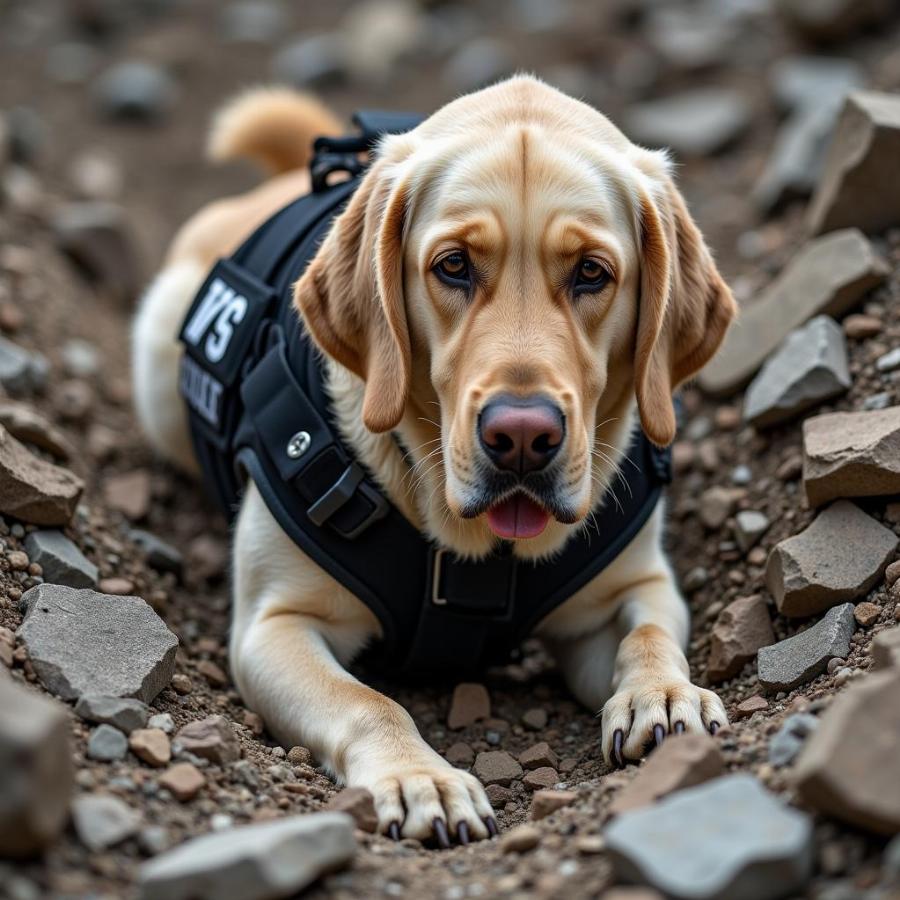Police dogs, often called K9 units, are essential partners in law enforcement. Pictures of a police dog often capture their strength, intelligence, and unwavering loyalty. From tracking suspects to detecting explosives, these remarkable canines play a vital role in keeping our communities safe. This article explores the world of police dogs, highlighting their training, breeds, and the crucial work they perform.
Understanding the Role of Police Dogs
Police dogs are highly trained professionals, not just pets in uniform. Their specialized skills make them invaluable assets to law enforcement agencies. These skills include tracking criminals, detecting narcotics and explosives, searching buildings and areas, and assisting in arrests. The bond between a police dog and its handler is incredibly strong, built on trust and mutual respect. This partnership is essential for effective teamwork in high-pressure situations.
Popular Police Dog Breeds: German Shepherds, Belgian Malinois, and More
Certain breeds are favored for police work due to their intelligence, athleticism, and temperament. The German Shepherd is perhaps the most recognizable police dog, known for its intelligence, loyalty, and versatility. The Belgian Malinois, another popular choice, is prized for its high drive, agility, and keen sense of smell. Other breeds, such as the Dutch Shepherd and Labrador Retriever, also contribute significantly to K9 units, often specializing in specific tasks like explosive detection. You can explore our article on malinois dog images for a closer look at this impressive breed.
What are the most common police dog breeds?
The most common police dog breeds are German Shepherds, Belgian Malinois, Dutch Shepherds, and Labrador Retrievers.
The Rigorous Training of a Police Dog
The journey to becoming a police dog involves extensive training, starting from puppyhood. These dogs undergo rigorous training programs that develop their obedience, agility, and specialized skills.  Search and Rescue Training They learn to follow commands precisely, navigate obstacles, and perform specific tasks related to law enforcement. This training is crucial for ensuring the dog’s effectiveness and safety in the field. If you’re curious about other athletic breeds, check out our article on most athletic dog breeds.
Search and Rescue Training They learn to follow commands precisely, navigate obstacles, and perform specific tasks related to law enforcement. This training is crucial for ensuring the dog’s effectiveness and safety in the field. If you’re curious about other athletic breeds, check out our article on most athletic dog breeds.
How long does it take to train a police dog?
Training a police dog typically takes several months to a year, depending on the dog’s aptitude and the specific skills required.
The Importance of Pictures of a Police Dog
Pictures of a police dog offer a glimpse into their world, showcasing their dedication, training, and the unique bond they share with their handlers. These images can inspire respect and admiration for these canine heroes. They also serve as a reminder of the vital role these animals play in protecting our communities. If you’ve ever wondered about the names of the dogs in Paw Patrol, take a look at our article on paw patrol names of dogs with pictures.
Conclusion: Honoring Our Canine Officers
Pictures of a police dog capture the essence of these dedicated animals, highlighting their bravery, intelligence, and unwavering commitment to their handlers and the communities they serve. From tracking suspects to providing comfort in times of crisis, police dogs are true heroes who deserve our respect and admiration. Learn more about protecting your furry friend from scams by reading our article on lost dog scam.
FAQ:
- Are all police dogs German Shepherds? No, while German Shepherds are common, other breeds like Belgian Malinois and Dutch Shepherds are also used.
- How are police dogs chosen? Police dogs are selected based on specific traits such as intelligence, drive, and temperament.
- What happens to police dogs after they retire? Many retired police dogs live with their handlers, while others are adopted into loving homes.
- Are police dogs dangerous? Police dogs are highly trained and under the control of their handlers. They are not inherently dangerous.
- Can I pet a police dog? It’s best to admire police dogs from a distance and not approach them without permission from their handler.
Discover More About Dogs:
Looking for more information about dogs? Check out our articles on exotic hot dog variations in hot dog asian.
Beaut Dogs is your ultimate resource for all things canine, providing reliable information and expert advice on everything from breed selection to care tips. Beaut Dogs strives to empower dog owners with the knowledge they need to provide the best possible care for their furry companions. When you need assistance, contact us at Email: [email protected] for detailed and accurate answers from Beaut Dogs. Visit us at https://beautdogs.com.